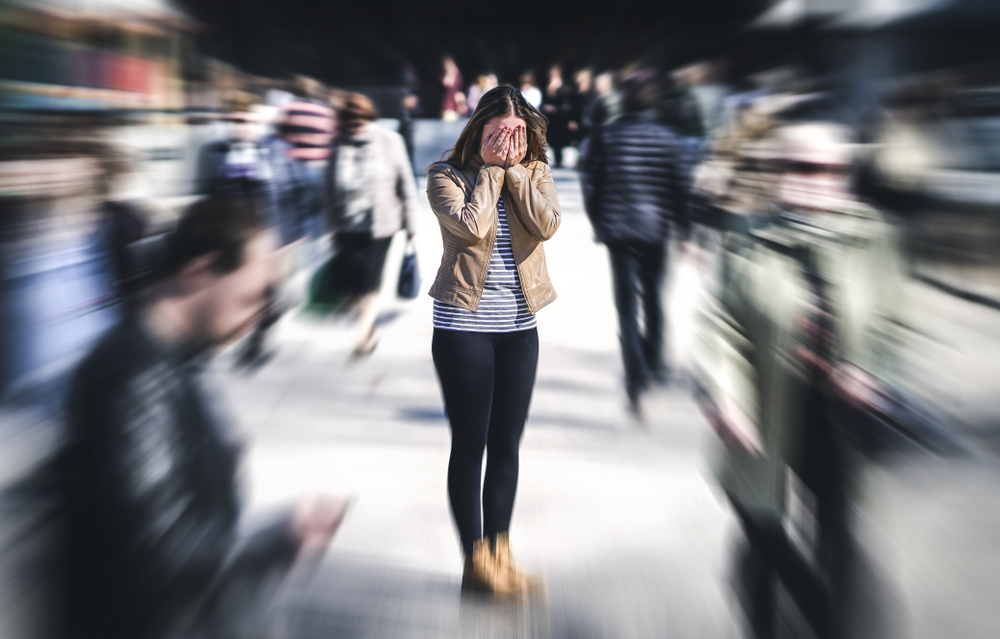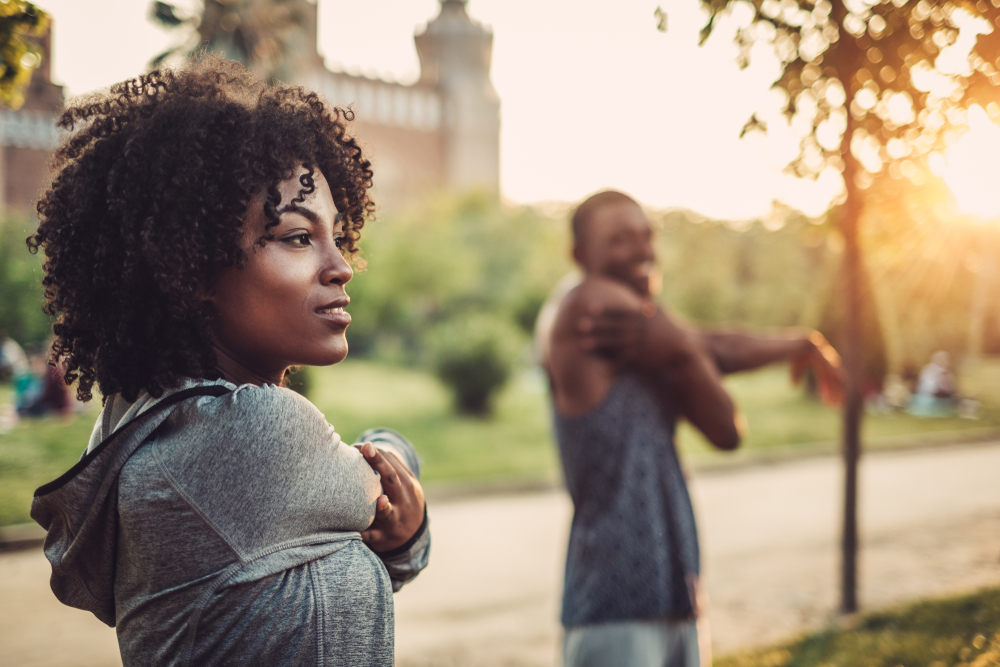What Are Lifestyle Changes I Can Implement?
People with anxiety can often benefit from exercise and eating healthy foods. While dramatic lifestyle changes are not especially practical or accessible for everyone, a few gradual changes may prove to be refreshing and beneficial.
New habits can be as reasonable as taking a walk or doing some stretches, and swapping out one snack or meal per day to be a more nutritious choice.
If you find that smoking cigarettes or starting your day off with coffee exacerbates your anxiety, consider cutting down on nicotine or coffee, and observing if that improves your condition.
It is also best to get your rest. To supplement your rest, or if a full night’s sleep is not possible, consider adding naps to your routine, or whenever necessary.
What Are Convenient Calming Techniques I Can Try Anywhere?
- Ground Yourself With 3-3-3
One way you can ground yourself is with the 3-3-3 technique.
First, identify 3 things around you that you can see, and name them. Then, listen for 3 different sounds you can hear, and name them as well. Finally, move 3 parts of your body (turn your head, stretch out your fingers, move your shoulders, whatever feels good). This will help ground you in your body and your environment.
- Control Your Breathing
Breathe in for four seconds, then breathe out for four seconds. Repeat this process until you feel more calm and present in your body. You can also imagine releasing unpleasant thoughts or stressors as you exhale, and visualize your body receiving fresh, brand-new air as you inhale.
What Are Mindful Distractions?
Mindful distractions are a way to take your mind off of anxiety and revisit the cause when you feel more rested and ready.
Common mindful distractions include enjoying a TV show or a movie, or doing an enjoyable creative hobby or making crafts. You can also engage with a loved one, or perhaps play with or care for a pet.
It is worth noting that one should not rely exclusively on distractions, and should revisit and investigate any anxiety-inducing situations or thoughts in the pursuit of one’s own wellness.
How Can I Identify And Manage Emotional Triggers?
Emotional triggers are situations that generate a strong emotional response and may produce in someone common physical symptoms of anxiety, such as nausea, increased heart rate, and sweaty palms.
The cause of an emotional trigger ranges from unpleasant memories, uncomfortable subject matter, or even a person’s own individual actions or choices.
When emotionally triggered, a person may feel rejected, betrayed, helpless, insecure, or as if their personal boundaries are not respected. Listening to your mind and your body is key to identifying if you are being affected by an emotionally triggering incident.
If you are in a situation that is emotionally triggering, step away from the situation if possible. Identify your feelings, and make a note of them so you can revisit them and investigate the cause when convenient by journaling. While feeling guilty about a heightened response is natural, it is also okay to be kind and understanding with yourself.
When Should I Seek Professional Help?
If you feel as though your anxiety is interfering with your relationships and your goals, is getting exacerbated by continued alcohol or recreational drug use, or feel increased thoughts about suicide or death, it may be time to reach out and seek professional treatment.
Dr. Keise and her team at Insyte Psychiatric will use talk therapy or a combination of therapies to help you achieve your mental health goals. Schedule an appointment to talk to a specialist with years of experience helping people take control of their depression and their lives.








